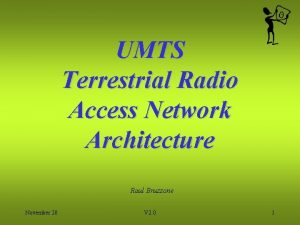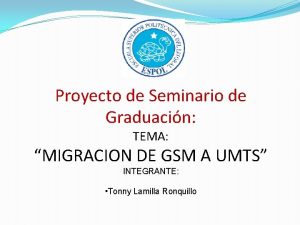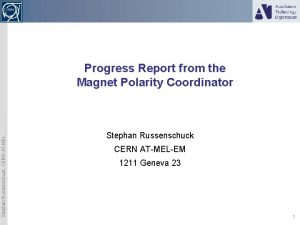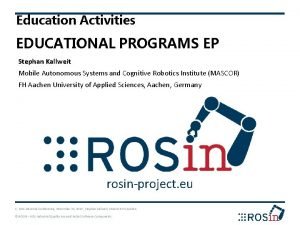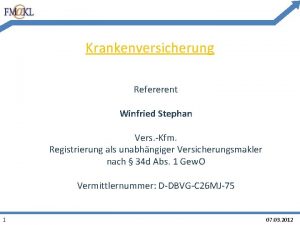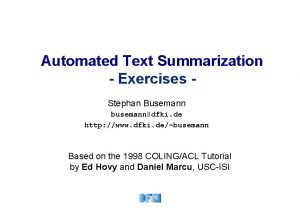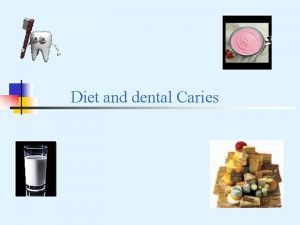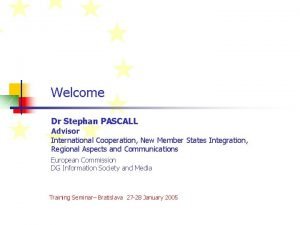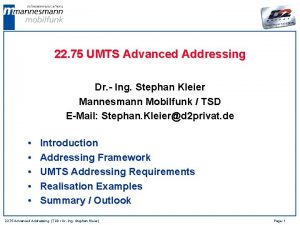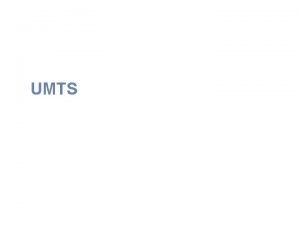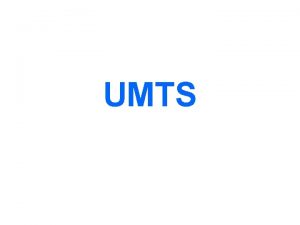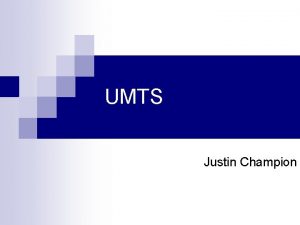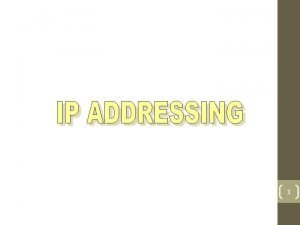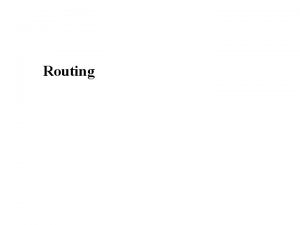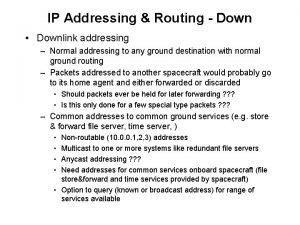22 75 UMTS Advanced Addressing Dr Ing Stephan










- Slides: 10

22. 75 UMTS Advanced Addressing Dr. - Ing. Stephan Kleier Mannesmann Mobilfunk / TSD E-Mail: Stephan. Kleier@d 2 privat. de • • • Introduction Addressing Framework UMTS Addressing Requirements Realisation Examples Summary / Outlook 22. 75 Advanced Addressing (TSD / Dr. -Ing. Stephan Kleier) Page: 1

Addressing Framework • The ETSI SMG 1 requirements concerning numbering and addressing are aimed at generating discussion and should agreed with ETSI NA 2. • The responsibility for developing of Numbering and Addressing schemes for all networks and network elements being in ETSI NA 2. 22. 75 Advanced Addressing (TSD / Dr. -Ing. Stephan Kleier) Page: 2

User Related Requirements • The user shall be able to initiate communications with another party using a label to identify that party. • Users also have requirements with regard to addressing for receipt of communications. • When receiving communications, the recipient shall perceive the caller's label in the appropriate role. • Some labelling schemes should be fully independent of the supporting serving network and the home environment. • Labels may be used to identify groups as well as individual terminals or people. • Name labels shall allow extended character sets. 22. 75 Advanced Addressing (TSD / Dr. -Ing. Stephan Kleier) Page: 3

Operational Requirements 1 • Serving network shall be able to resolve the ownership of any USIM to the home environment. • Serving networks need to be able to communicate with, authenticate and commercially deal with the home environment associated with any USIM being registered on their network. • Serving networks require to to route efficiently any communication to and from USIMs and to identify the serving networks. 22. 75 Advanced Addressing (TSD / Dr. -Ing. Stephan Kleier) Page: 4

Operational Requirements 2 • The possibility to address a terminal (rather than a subscriber) may be required for some applications and shall be supported. • The UMTS system shall allow a end to end transparent application addressing of a large variety of different applications and services on a terminal. • 3 rd party services should be reached by a label. Based on the charging policy different identities shall be transmitted. • Interworking with common legacy network addressing shall be supported (E. 164, E. 212, ASEA, Internet, . . . ) 22. 75 Advanced Addressing (TSD / Dr. -Ing. Stephan Kleier) Page: 5

Layered Architecture • Label scheme: This scheme is used by users to establish a communication (standardisation ? ). • Enviroment addressing scheme: This scheme allows to identify home environments and subscribers (e. g. HLR, SSP, SCP). • Routing scheme: This scheme shall allow serving networks to route communication effiently and to identify other serving networks. 22. 75 Advanced Addressing (TSD / Dr. -Ing. Stephan Kleier) Page: 6

Labeling Addressing Schemes World Wide Labels Country / Regional Labels Environment Labels 22. 75 Advanced Addressing (TSD / Dr. -Ing. Stephan Kleier) Country / Regional Labels Environment Labels Page: 7

Example Label Translation 1 Label Translation Server User A Label Translation Application Home Environment User A Serving Network User B 22. 75 Advanced Addressing (TSD / Dr. -Ing. Stephan Kleier) Page: 8

Example Label Translation 2 MS Switch User A Local Data Call Paul Service Node User B (Paul) (No Paul ) Database Request: Paul Label Database Respose: Paul +49172 xxxxxxx CALL_SETUP to B 22. 75 Advanced Addressing (TSD / Dr. -Ing. Stephan Kleier) (destination address / Routing Number=+49172 xxxxxxx) Page: 9

Summary / Outlook • Numbering and addressing has to be more flexible in the future. • Future proof schems for the various requirements have to be developed soon. • Not all labeling schemes might need standardisation. • Interworking to existing schemes is required. • Schemes for labeling and routing have to be seperated. 22. 75 Advanced Addressing (TSD / Dr. -Ing. Stephan Kleier) Page: 10

